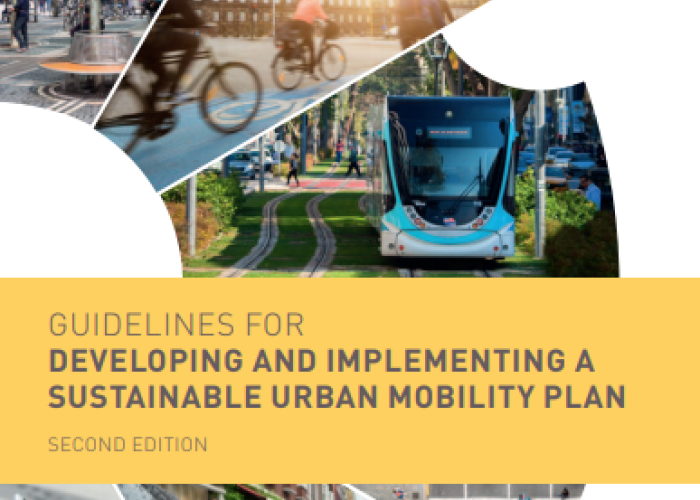European Union - SUMP Guidelines

The EU guidelines for Sustainable Urban Mobility
- SUMP
Tools & Methodologies
CHEVRE Antoine
Transport Team Leader
Approaches for Gender Responsive Urban Mobility - GIZ & SUTP Module 7a Sustainable Transport: A Sourcebook for Policy-makers in Developing Cities
Cities grow rapidly: Since 2000, there are more people living in urban areas than in rural ones. Ninety-five percent of all urbanization is expected to occur in cities in developing countries and this is where the majority of cities with populations over 10 million will be. (UN Habitat 2016) Transportation systems make cities function and provide access to goods and services. As cities grow so does demand for transport. In 2050, there may be three to four times as many passenger-kilometers travelled as in the year 2000 (UN Habitat 2012). A lot of this growth is happening in the form of slums, or in conditions of poverty – and the majority of the urban poor are women. While the impacts of urban growth are well documented, the impacts of this growth on men and women are far less well documented, and there is still no systematic inclusion of women’s needs in transport projects. Transport is often seen as gender neutral – a road or bus system will benefit all equally. In fact, it´s not! Women and men have different expectations, needs and constraints for using transport. Without taking this into consideration, planning and projects do not adequately meet this demand, and transport is not efficient and is unsustainable. In 2017, the debate about sexual harassment of women has caused an international outcry and led to increasing public attention for the restrictions of mobility women face in their daily movements in the city. It has given momentum to long overdue debate in transport policy, planning and operation. While the differences between how men and women use transport are widely known and acknowledged, approaches on how to address them are just recently being discussed, researched, tested and implemented- and it has given momentum to a discussion long overdue in transport policy, planning and operation. While the problems are widely known and acknowledged, approaches to solve those are just recently being discussed and tested, applied and adjusted by a variety of stakeholders. This sourcebook has also been developed to look at where gender and urban transport intersect, seeing the concept of gender as a transversal topic that is relevant in all phases of planning, design and implementation and one that needs to be urgently addressed. It examines transport systems around the world to establish what is important for transport users in general and how gender affects the ways users view and experience transport. To date much of the current work on gender and transportation in developing countries has focused mostly on rural transport and there is a lack of analysis of gender responsive transport planning and projects in urban areas. This module aims to bridge that void and bring together current best practices.